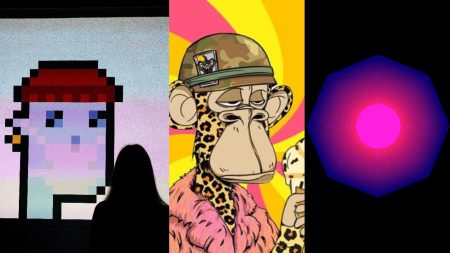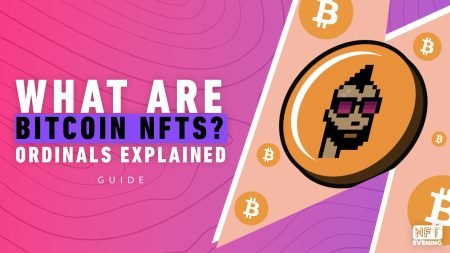What if you could chill with Snoop Dogg in his private mansion, attend a Steve Aoki concert, and create new games all in one spot? Well, that place exists in the Web3 world and you’ve probably heard its name before: The Sandbox metaverse. With +300k monthly users and millions of dollars already invested, this project offers plenty of possibilities for collectors, artists, and creators alike. However, many people still don’t know what is LAND, how to earn SAND tokens, or how the Sandbox’s free tools work.
In this guide, we’ll explore how to use the Sandbox metaverse, what are The Sandbox metaverse system requirements, and the best Sandbox metaverse land for sale. We’ll also address the “Sandbox vs. Decentraland” debate and the best SAND price for Sandbox LAND, so let’s get started!
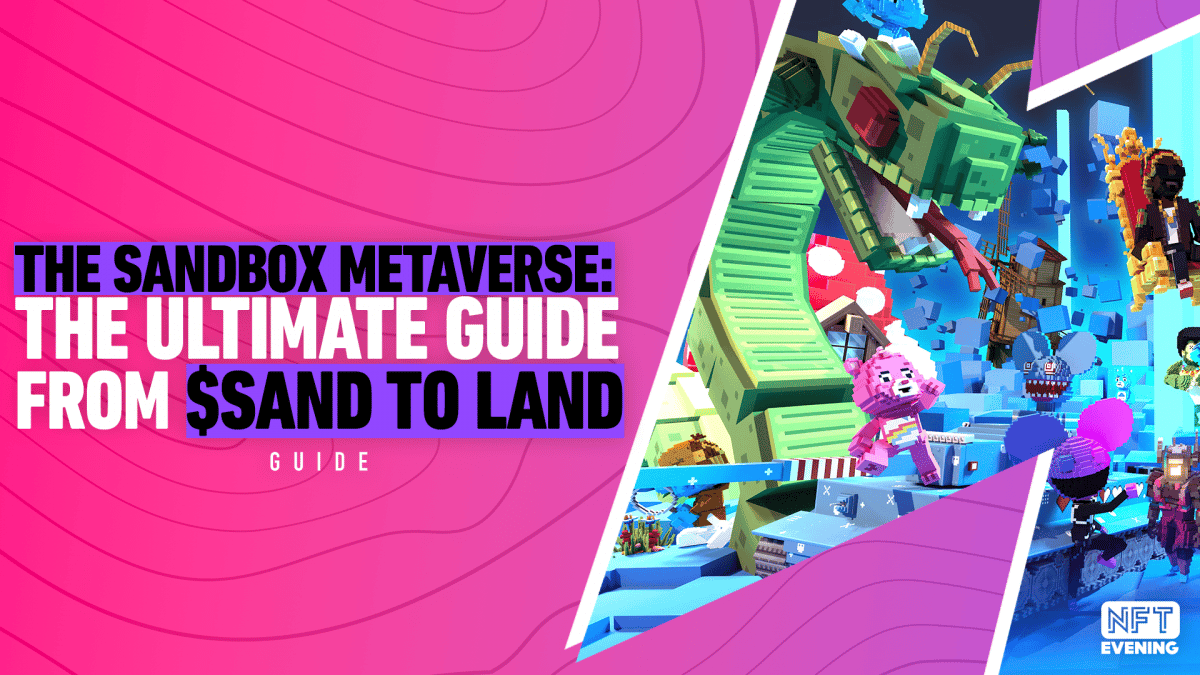
But what is a metaverse?
In short, the term “metaverse” refers to a virtual world that people can explore as digital avatars. Users can shop, play games, interact, attend events, and more just a few clicks away.
The concept’s huge potential convinced the world’s biggest companies (think Meta or Epic Games) to create their own metaverses. However, anybody can invest in a virtual world they like. For example, users can buy and trade LAND – the most common utility of the metaverse itself. In fact, that’s the core use case for the Sandbox – one of the most successful metaverses to date.
What is the Sandbox Metaverse?
The Sandbox is a 3D virtual world where users can trade, build, use, and create digital assets. One of the main goals of this game is purchasing LAND, which comes as NFTs.
Each user can build or create virtual experiences and locations on their own piece of land. The Sandbox also offers creation packages such as VoxEdit and Game Maker to facilitate asset creation. Then, anyone can trade their NFTs in a dedicated marketplace.
This freedom of expression and user-friendly tech attracted over 2 million registered users to date. Therefore, the Sandbox is undoubtedly among the most successful metaverses to date – but has it always been this way?
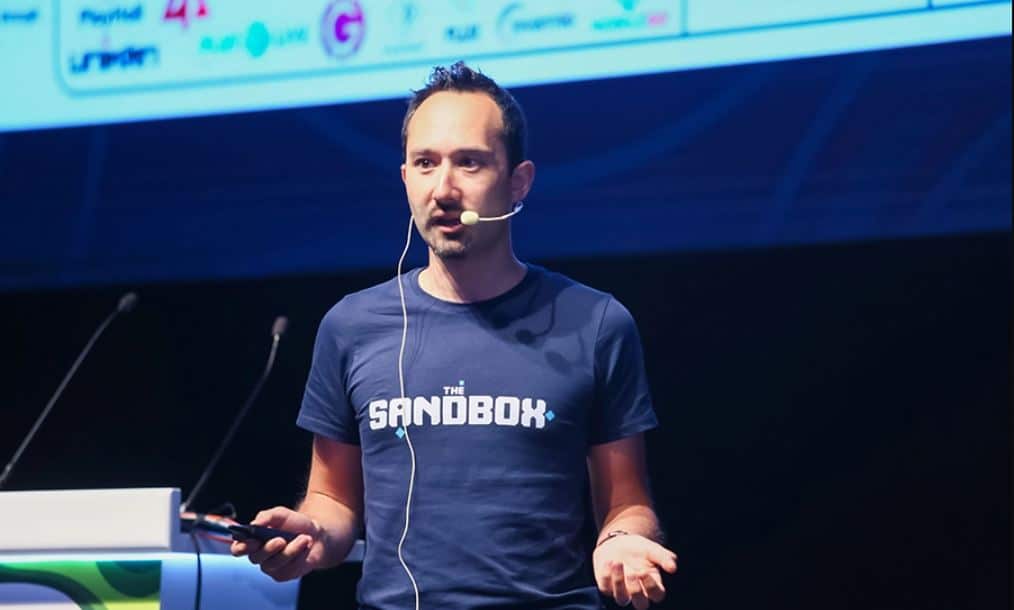
Who created the Sandbox?
The story of the Sandbox starts in 2011 when it first launched as a mobile game. Its two founders, Arthur Madrid and Sébastien Borget, published the game under the company Pixowl Inc.
Fast-forward to 2018, the team moved the game concept to the blockchain. That was the beginning of the Sandbox as we know it today. It was also the moment Animoca Brands purchased Pixowl for nearly $5 million.
However, Animoca Brands doesn’t truly own The Sandbox – no one does. As a decentralized metaverse, the project is 100% owned by its community.
The community is undoubtedly a good reason to join the Sandbox – but not the only one. The Play-to-Earn experience it offers is just as engaging as its users, so let’s find out more!
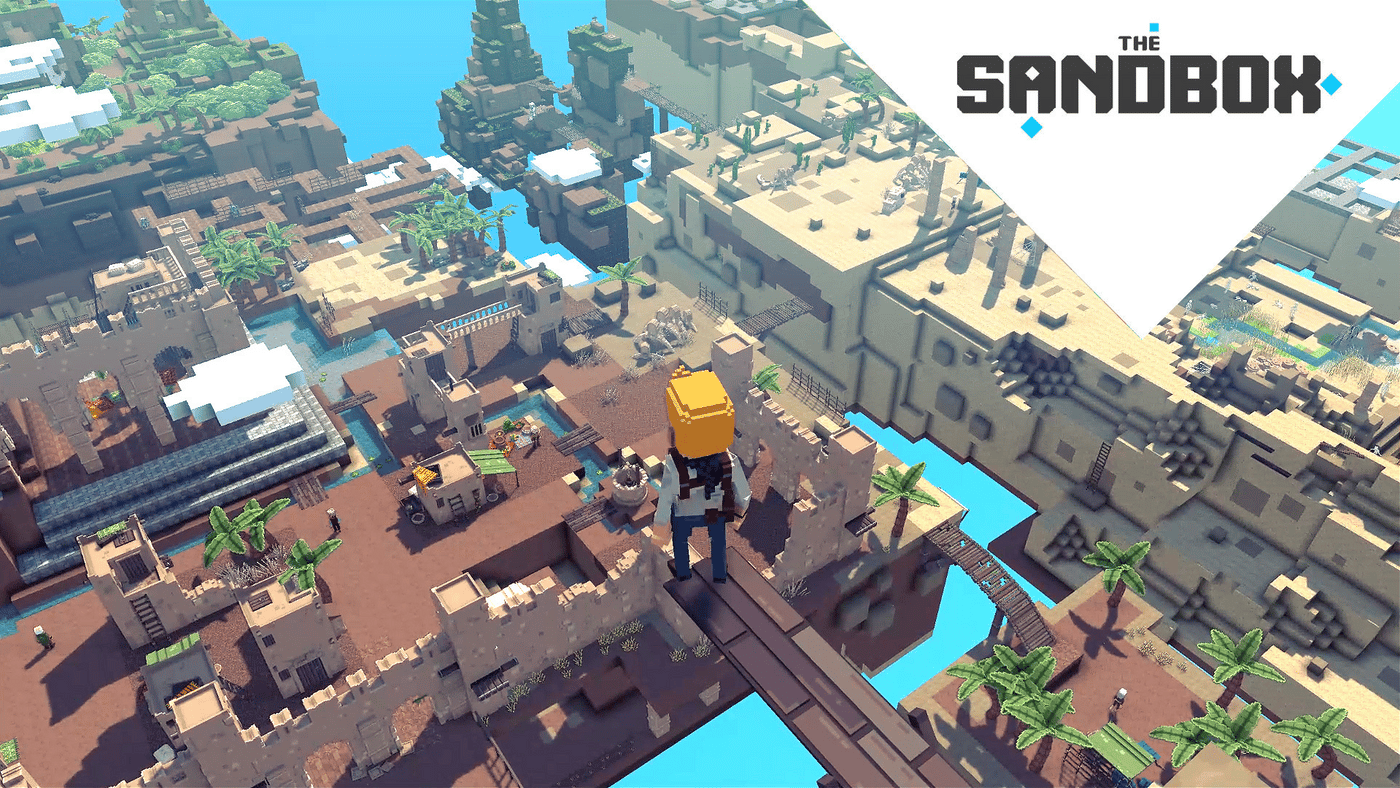
How does the Sandbox game work?
Basically, the Sandbox experience includes three integrated products as follows:
- VoxEdit – a 3D voxel NFT creation package that helps users design objects for the game. From animals to humans and objects, this is where the magic happens. In fact, you also need this program to create your own avatar for the metaverse. Once you’re finished, you can export your assets as NFTs to the Sandbox Marketplace.
- Marketplace – a dedicated platform allowing users to trade their VoxEdit items. The rules are simple: you upload your creations, a program stores them on the blockchain, and they become NFTs. Then, you can make sale offers for other buyers and start trading!
- Game Maker – the proof that you don’t need coding skills to build a 3D game from scratch. The tool’s user-friendly interface allows you to create 3D games for free using VoxEdit creations. Users can also monetize their games within The Sandbox.
Together, these three features empower users within the Sandbox while growing the ecosystem. Considering all of these perks, though, people can’t help but wonder…
Is the Sandbox Metaverse Free to Play?
In short, yes. Anybody can enter the Sandbox metaverse for free. Its core features, VoxEdit and Game Maker, are also free to download and use anytime. However, collectors must pay to attend certain events and experiences, get LAND, or other NFTs sold in the Marketplace.
All in all, though, the free-to-play mechanics allow everybody to enjoy the metaverse.
But if you don’t have to pay to play, can you play to earn within the Sandbox? Let’s find out:
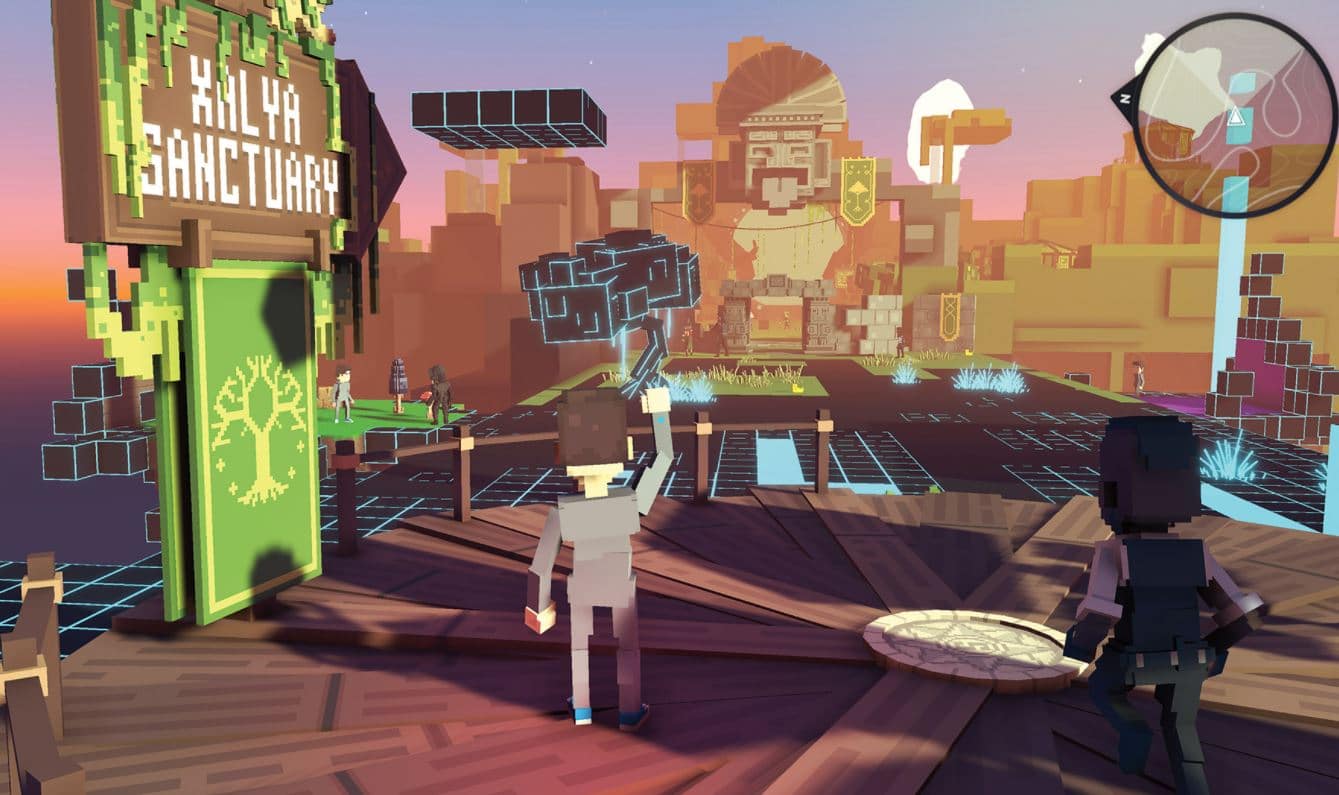
Can you make money in the Sandbox? If so, how?
The Sandbox offers a play-to-earn experience, which means that users can earn money in the metaverse.
Basically, there are four ways you can make money in The Sandbox:
- Play games to get rewards in the form of $SAND;
- Develop your own games via Game Maker and monetize them;
- Create digital assets with VoxEdit and trade them on the Marketplace;
- Purchase LAND and use it for extra income.
The last method is the most exciting one for most users – and the easiest too! To illustrate, you can buy a LAND plot and rent it for passive income. Alternatively, you can also build venues or create experiences on your own piece of LAND to generate cash.
But how do you get LAND – and how much should you invest in these digital assets?
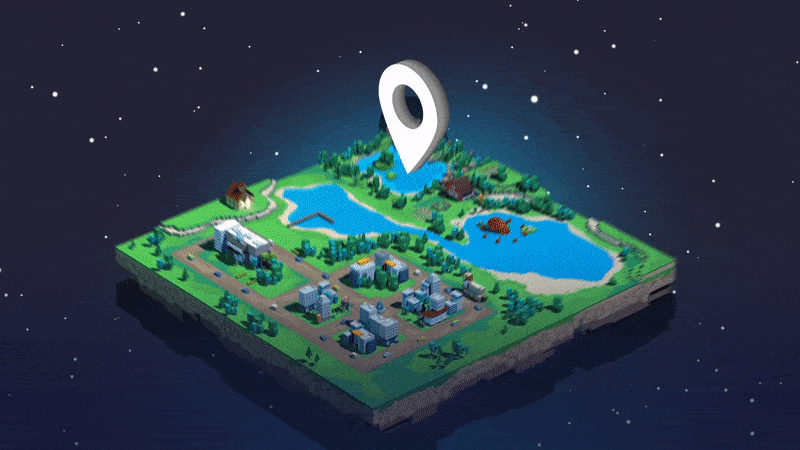
How much is LAND in the Sandbox?
The current floor price for a LAND digital asset on the secondary market is 1,62 ETH, OpenSea data shows. However, the costs vary widely depending on the LAND’s location in the metaverse, as well as other features.
For example, a plot of LAND near Snoop Dogg’s mansion will probably cost way more than a random one simply because of its neighbor. This isn’t mandatory, though. Back in January, an anonymous buyer had spent a whopping $30,000 for a regular plot of LAND without any features or special location.
In short, LAND trading is based on the same rule we all should follow: DYOR before buying anything!
Once you find the perfect plot of LAND within The Sandbox, all you need is some SAND to let the fun begin. That’s because The Sandbox hosts new LAND sales periodically via its Map of The Sandbox website.
But wait – what is SAND anyway?
What is SAND?
Technically, SAND is The Sandbox’s core utility token. The ERC-20 digital assets are built on the Ethereum blockchain, and they’re used for pretty much everything within the metaverse.
As a player, you need SAND in order to upgrade your avatar, play games, or join certain events and experiences. Meanwhile, creators spend SAND to buy LAND, and upload digital assets in the Marketplace, among others.
Notably, SAND is a stakeable token too. This means you can earn more tokens by staking the SAND you already own. The more SAND you own, the higher the chance to get rewards from The Sandbox’s Staking Pool!
Finally, you need SAND if you want to take part in the project’s DAO. As a governance token, SAND allows holders to vote on key elements of The Sandbox, including its roadmap.
The graphic below shows exactly why SAND is so important:
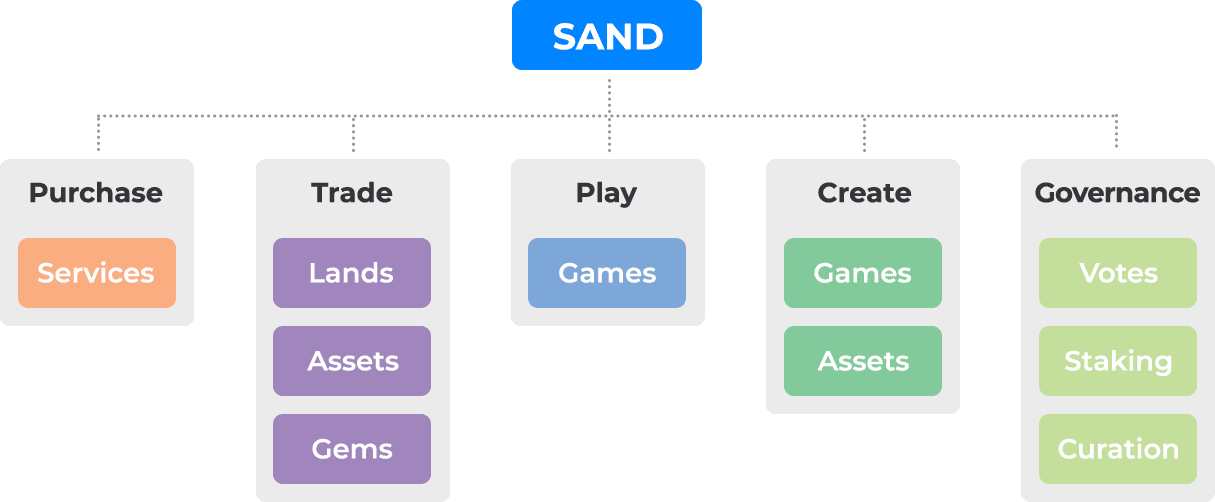
Are Sandbox assets a good investment?
Considering the Sandbox’s popularity, quick expansion, and roadmap, investing in this metaverse can be a good idea. After all, it is in top 3 largest metaverses on the Ethereum blockchain, with more than 300k monthly active users.
What’s more, the Sandbox is also backed by over 50 powerful partners. From Dapper Labs to Tomb Raider’s Square Enix, Atari, and more, these companies offer stability and innovation for the metaverse.
At the moment of writing, The Sandbox has surpassed 162.7k ETH in total trading volume for LAND. These facts alone prove the Sandbox digital assets are at least worth looking into.
Of course, the first step is to enter the metaverse, so let’s find out more about that!
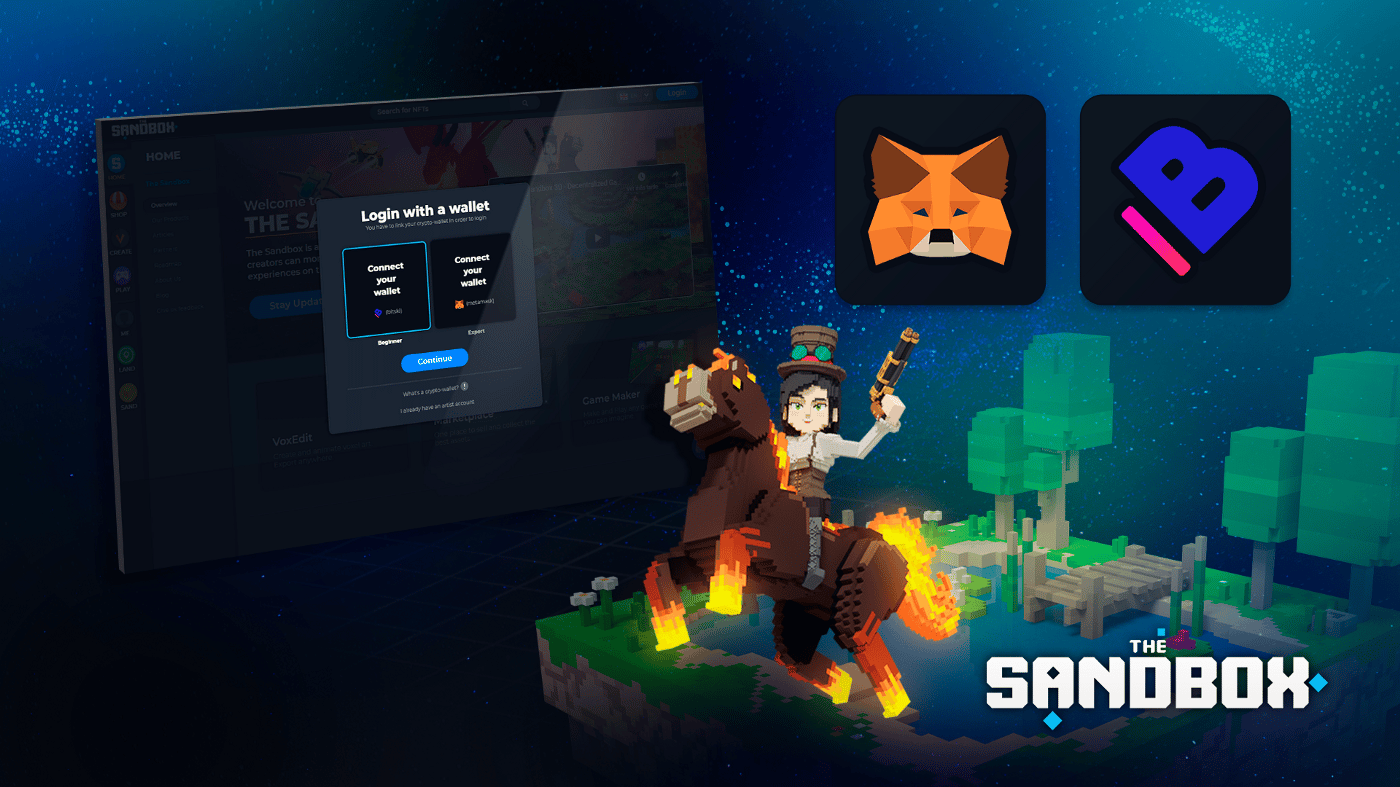
How to get into the Sandbox Metaverse
In order to enter the Sandbox metaverse, first you have to go to the Sandbox’s website. Then, you must connect your crypto wallet to the platform. If you’re a beginner, our guide will help you choose the best crypto wallet for your needs.
Once you create your account, the fun part begins: creating your avatar. Once you get the perfect result, you’re officially ready to explore the Map of The Sandbox.
Experiences, games, LAND, and quests are all waiting for you to enjoy them in The Sandbox. However, you can only complete quests to level up by downloading the Sandbox client software – and there are a few system requirements here:
Sandbox Metaverse System Requirements
The Sandbox creators recommend the following system requirements for a smooth metaverse experience:
- 64-bit processor;
- Memory: 4 GB RAM;
- OS: Windows 7 (or higher);
- Storage: 2 GB available;
- Graphics: 512 MB.
Once you check all of these requirements, you can join thousands of collectors, creators, and even celebrities in the fascinating world of The Sandbox. In fact, you might meet more famous people than you think in the metaverse! Here are a few examples:

Celebrities in the Sandbox metaverse
By now, you probably know that the iconic rapper Snoop Dogg has been making waves in the Sandbox. In September 2021, the hip-hop legend built a digital replica of his real-life private mansion to host parties and events. A few months later, Snoop Dogg hosted a LAND sale consisting of 197 plots of land.
Meanwhile, Steve Aoki, another NFT whale from the music world, launched his own NFT avatars within the Sandbox. Paris Hilton built the digital version of a Malibu mansion, and Sara Sampaio even took things one step further! Accordingly, the supermodel bought a digital private island in The Sandbox for $110,000.
Other celebrities in The Sandbox are Grand Slam champion Stan Wawrinka and graffiti artist Alec Monopoly who opened his own MetaMuseum. Some famous brands also joined the metaverse, including Gucci, Adidas, and Zed Run, among others.
Surprisingly, Singaporean billionaires such as Millennium Hotels’ Kwek Leng Beng are also investing in The Sandbox. In fact, celebrities and brands are just as interested in The Sandbox as they are in Decentraland… but what’s the difference between the two?
Sandbox Vs. Decentraland
In essence, both Decentraland and The Sandbox are metaverses where users can build, play, create, and enjoy virtual experiences. Both The Sandbox and Decentraland have dedicated utility tokens (SAND and MANA) and they come with play-to-earn mechanics.
However, Decentraland has only 90,601 parcels of LAND, while The Sandbox boasts 166,464 LANDs. Moreover, The Sandbox also has higher-quality graphics.
Nevertheless, both metaverses offer unique experiences – and they’re both worth a chance. Depending on your plans and investments, either one can be more suitable.
Conclusion
In summary, The Sandbox is a leading metaverse sitting at the forefront of Web3 innovation. The user-friendly interface and free creation tools help newbies and experts engage with the virtual world like never before.
Whether you want to play games, collect digital items, or create your own, this virtual world welcomes all NFT community members.
Learn More About the Top Blockchain Games:
- Decentraland: The Ultimate Metaverse Guide
- 5 Blockchain Games You Can Actually Play Today!
- The Otherside Game: Everything About The BAYC Metaverse
- Axie Infinity: The Biggest Play To Earn Game
- STEPN Explained: Work Out and Make Money!
- Sorare: Soccer Meets Crypto With This Star-Studded Game
- 5 Best AR Games In 2022
- What Is Binemon And Could It Be The Next P2E Success Story?
- Everything In NFT Worlds’ Second Roadmap: What You Need To Know
- The Ultimate Guide To Wolf Game NFTs, Gameplay and WOOL
- What Is Zed Run? Everything About Digital Horseracing
- Best 2 Player Games Unblocked in 2022
- Blankos Block Party Game Guide: Everything You Should Know
All investment/financial opinions expressed by NFTevening.com are not recommendations.
This article is educational material.
As always, make your own research prior to making any kind of investment.


